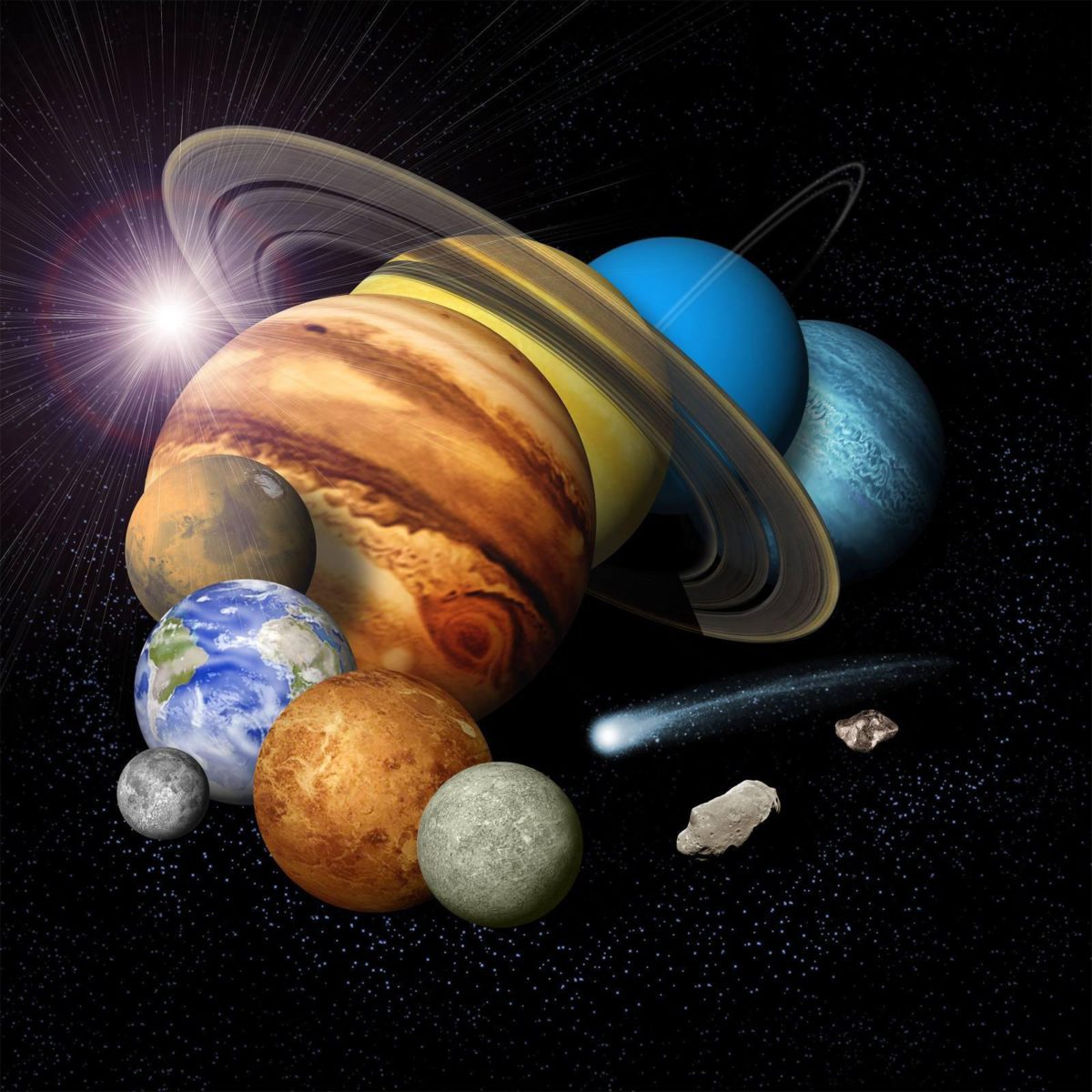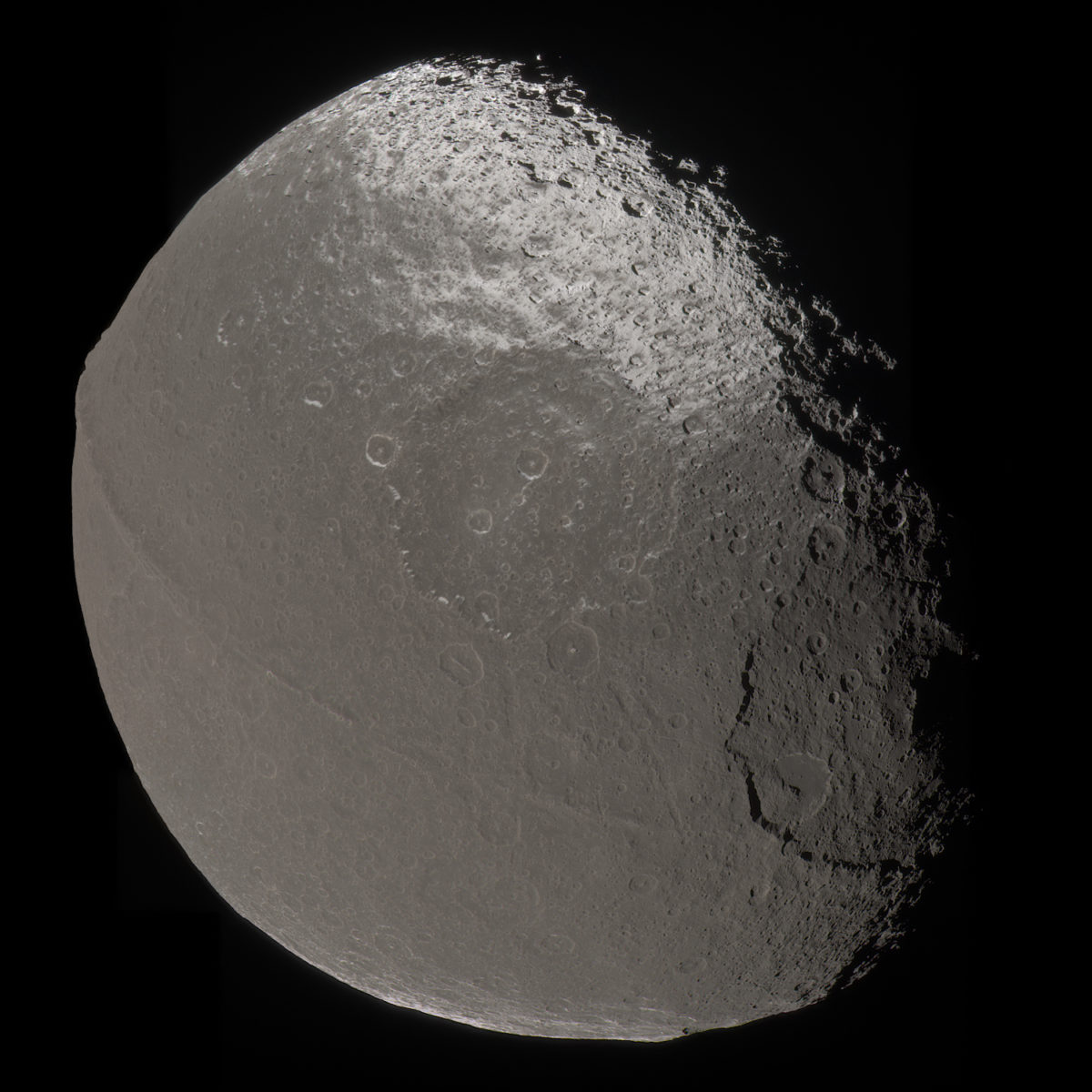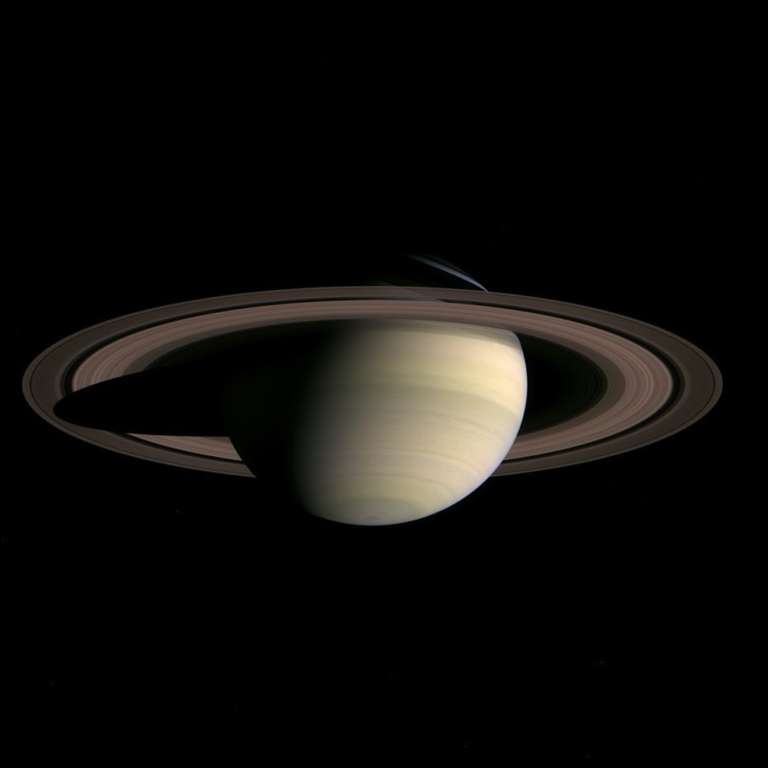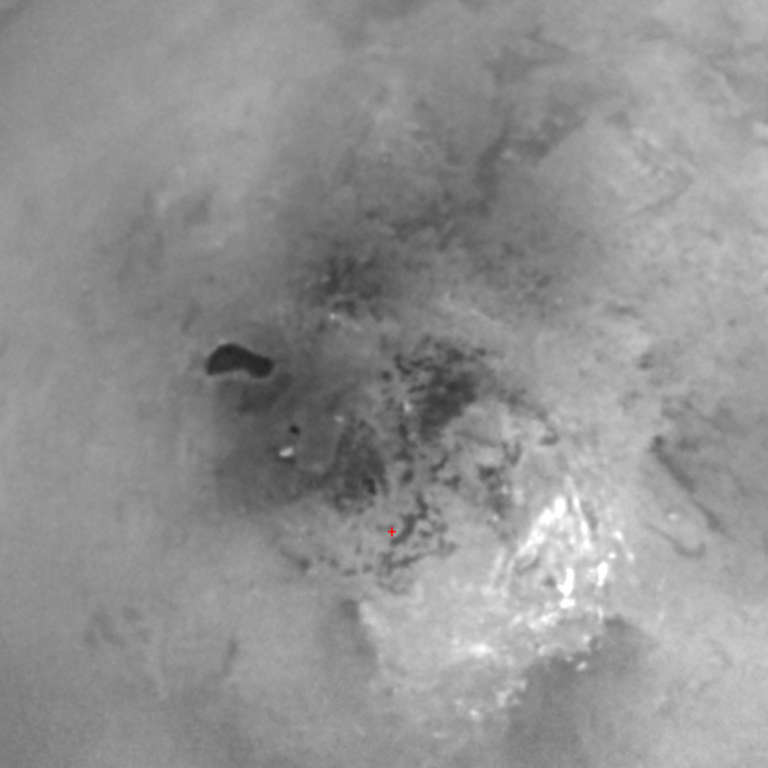All
All
Stories, updates, insights, and original analysis from The Planetary Society.
Hyperion in color
Here is a gorgeous color mosaic of Hyperion assembled by amateur image processor Mattias Malmer from images from the recent flyby.
A new Cassini data release to the Planetary Data System
Yesterday, this quarter's release of Cassini data showed up at the Planetary Data System (PDS). The PDS is the public repository for all of NASA's data.
Amazing views of Hyperion
I've finally worked my way through all of the Hyperion images that were returned from the last flyby. It's a wonderful data set.
Modest scopes could help with the Hyperion observations
I got an email last night from Anne Verbiscer, whom I had contacted about rounding up some amateur astronomers to help the Cassini mission with some photometric observations of Hyperion.
Some bad news for fans of Titan RADAR
According to Jason Perry, the much-anticipated Titan-7 RADAR imagery across Titan's southern hemisphere may have been lost due to an error on Cassini's solid state recorder. That will be very sad if it turns out to be true.
DPS: Back to Day 3 again: finishing up asteroids & Iapetus
Today is the last day of DPS, and the first that has not had a press conference session at lunchtime, so I have a few moments here to do some catching up.
A couple of pretty Cassini photos from this week
First, here's a nice shot of Epimetheus, which was taken about a month ago.
A little more Hyperion
Checking the Cassini raw images website, I found quite a few more images of Hyperion this morning. It looks like Cassini had a leisurely flyby of the little moon from roughly 700,000 kilometers' distance.
Cassini tour page revised
Cassini mission planner Dave Seal just gave me the latest reference trajectory for Cassini, so I've gone through and updated the flyby altitudes on the Cassini tour page.
Enceladus is alive!
It's official: Enceladus has joined the rarefied community of Solar System objects that have been caught in the act of making new geology.
A couple cool raw Cassini pics -- and a break in the data
I monitor the Cassini website to keep my eye out for cool pictures, and it's usually relatively easy to figure out what the spacecraft is looking at (rings, moon, Saturn, whatever). Sometimes, though, the images can be very confusing.
A change of plans for Cassini: higher altitude for the "T7" Titan flyby
The June 15 Cassini Project Update includes a note about a difficult decision -- they are raising the altitude of an upcoming Titan flyby,
Cassini-Huygens anniversary
In the midst of all this hoopla about Deep Impact, I haven't been able to give the proper attention to Cassini, which began its second year of operations at Saturn today.
News: Dark Spot Near the South Pole: A Candidate Lake on Titan?
The Cassini imaging team has released an image containing a feature unlike any other that they have seen on Titan. The very dark color, curvaceous outline, and sharp edge of the feature have led them to the conclusion that it could well be the long-theorized but never-before-seen body of liquid hydrocarbons on the surface of Titan.
A couple of pics from Cassini at periapsis
Cassini's been in orbit around Saturn for almost exactly a year now, and the mission seems pretty much to have dropped off of the public radar screen. But there's still three years to go on the primary mission, and lots left to do, and I for one am not at all bored.
New Mosaics of Huygens' Titan Images
Although the two spacecraft traveled a billion kilometers together to study Titan, Cassini and Huygens are two very different types of missions.
Cassini's Radio Ear on Huygens
Scientists have released a new sound from Huygens, representing the radio signal that Cassini detected from the little probe as it descended to Titan's surface.
3-D Views of Titan's Surface from Huygens
It's been close to a month since Huygens descended to the surface of Titan. Many visitors to this website have expressed impatience with the pace of the release of images from the Huygens cameras, a feeling that is no doubt shared by space enthusiasts around the world who are eager to see refined views of the alien surface of Titan.
They Were the First, and the Last, to Hear from Huygens
On January 14, 2005, the eyes of the world were on the European Space Operations Centre in Darmstadt, Germany, where Huygens mission operators were anxiously awaiting news from Huygens. Would the little probe -- a mission built in seventeen countries, more than twenty years in the making -- be a success, or would it prove a repeat of the heartbreaking silence of Beagle 2?


 Explore Worlds
Explore Worlds Find Life
Find Life Defend Earth
Defend Earth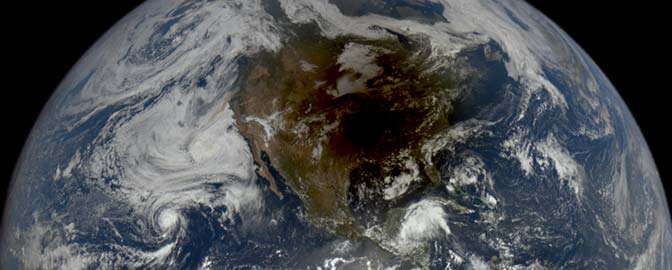


 Sun
Sun Mercury
Mercury Venus
Venus Earth
Earth Mars
Mars Jupiter
Jupiter Saturn
Saturn Uranus
Uranus Neptune
Neptune Small Bodies
Small Bodies
